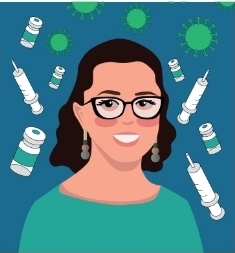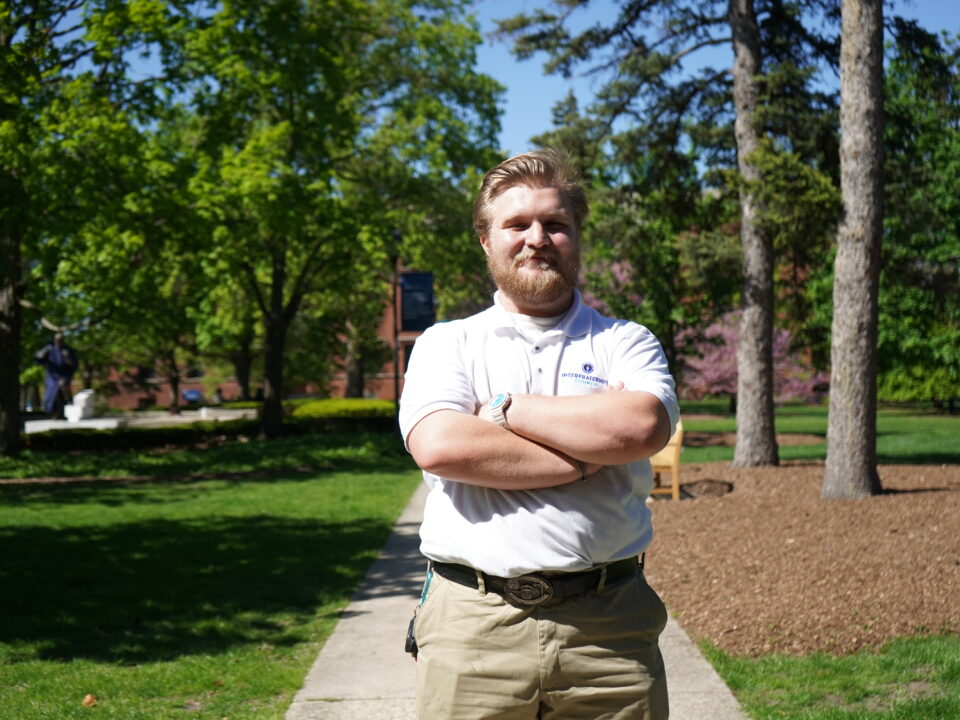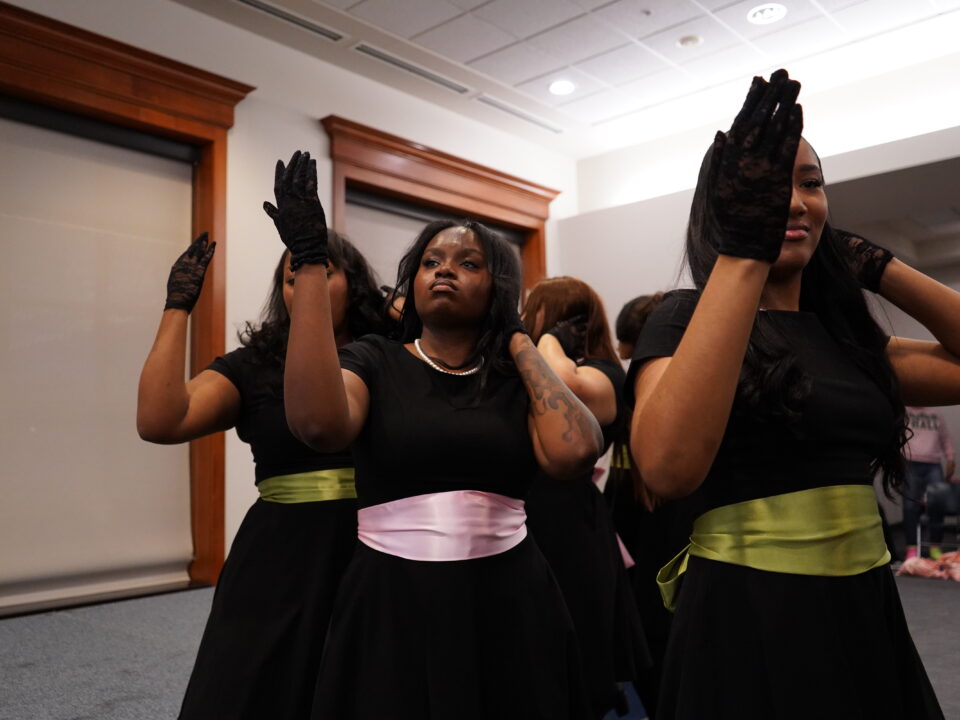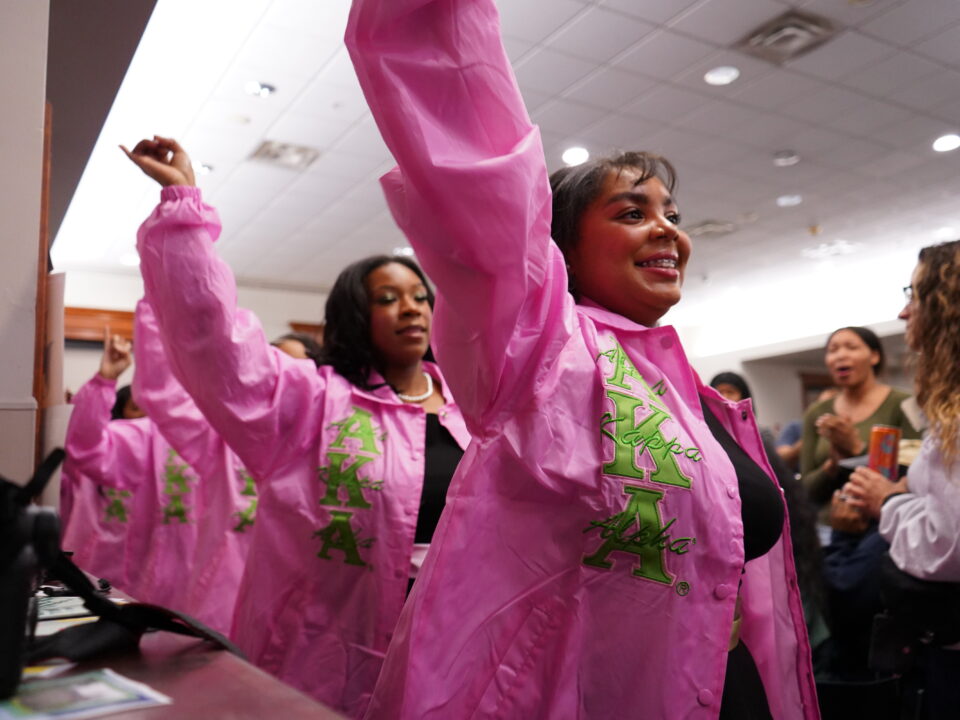Molly Tran explains COVID-19 vaccine efficacy


Graphic by Princess Gonzalez Esparza
As COVID-19 vaccination rollout continues in the United States, many are expressing concern about how well vaccine shots provided by different pharmaceutical companies work.
Molly Tran, director of Elmhurst University’s master of public health program, hosted a webinar on Feb. 25, to break down how a vaccine is transmitted throughout the body and to provide information on trial and production of the vaccines.
COVID-19 is caused by a virus known as SARS-COV-2. Viruses are infectious agents that use the body’s cells as a host. The virus uses its own spike protein to infect the host’s healthy cells, and thereby spreads throughout the body.
“The immune system distinguishes self from non-self and eliminates potentially harmful non-self molecules and cells from the body,” Tran noted in her slide presentation.
Vaccines focus on B cells, which make antibodies. Antibodies are proteins that have receptors specialized for a virus or bacteria that may be encountered. These act as a warning flag for other cells to kill the bad cell.
According to the Center of Disease Control and Prevention (CDC), production of T-lymphocytes and B-lymphocytes begins a few weeks after vaccination.
“The first time that your body has seen a new bacteria or virus, it takes a little bit to get the manufacture going,” Tran highlighted.
During this “manufacturing” period, you may get sick; however, in the case that you come into contact with the illness again, memory cells will recognize the infection and your body will know how to fight it off. This is known as innate or adaptive immunity.
“Instead of having to get sick before getting immunity, you can get [immunity] from that vaccine,” added Tran.
There are several companies with their own vaccinations: The mRNA Pfizer two dose, the mRNA Moderna two dose, the DNA Johnson & Johnson one dose, and the DNA Oxford-AstraZeneca two dose. The mRNA and DNA vaccines both act as blueprints for the body to direct cells to produce a virus’s spike protein for an immune response.
Despite the skepticism, no vaccine trial procedures were skipped. Due to the rapid funding, reduced approval time by officials in between trials, and floods of volunteers, the COVID-19 vaccine trials were able to move at a more rapid pace than others.
The mRNA groundwork has also already been set, as specialists have been researching mRNA technologies for over twenty years. “The mRNA and DNA vaccines you can basically assemble,” explained Tran. “You don’t have to wait for a living thing to grow.”
During the webinar, Tran also drew vaccination distribution comparisons between the United States and the United Kingdom.
In the U.S., approximately 21–28 days pass between the first dose of the vaccine and the second “booster” dose. In an effort to provide the first dose of the vaccine to a larger population, U.K. medical professionals do not administer a second dose until 12 weeks after the first dose.
While research studies continue on the COVID-19 vaccines, Tran noted that at least 80 percent of the population needs to be vaccinated in order to reach herd immunity, where enough of the population is vaccinated to make the spread of infection unlikely.
Even if you have been vaccinated, Tran reminded her audience to “keep acting as if you could transmit COVID-19.”



